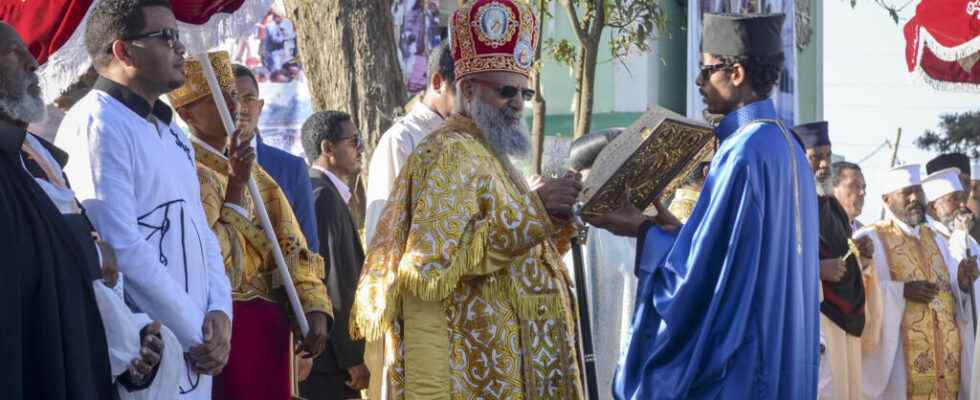Orthodox Christians make up 40% of Ethiopia’s 115 million people. However, at the end of January, dissident archbishops and bishops decided to create their own branch of the Church in the Oromia region, the largest and most populated in the country.
Dissident bishops and archbishops in the Oromia region had long demanded services in their local language, which the central Church had always refused. On Wednesday, the central religious power excommunicated them all. The government has sent the two camps back to back.
For the Central Orthodox Church, the government interfered in its affairs. His patriarch Abune Mathias criticizes the Prime Minister for having offered a form of recognition to what he calls ” an illegitimate group “. This week, in the Council of Ministers, Abiy Ahmed, himself of Oromo ethnicity, had invited the two parties to dialogue, saying that each side was “ carrier of its own truth “. For the Central Church, or EOTC, the authorities put the two branches on the same level, and that is not acceptable.
symbolic protest
The EOTC has decided to launch a symbolic protest. She asked believers to dress in black for the three-day fast of Nineveh next week so, she said, “ to express perseverance in suffering “. The Central Church also accuses rebel clergy of illegally occupying places of worship. Indeed, this dissident Oromo branch has begun to send its 25 bishops to the various dioceses of the region.
A new challenge to the EOTC, which asks the government to take its responsibilities by enforcing its institutional supremacy.
This is not the first rise in tension between the clerics and the government. Their relations had already deteriorated two years ago with the launch of the war against the Tigray region, knowing that the patriarch Abune Mathias is himself Tigray. He had accused Abiy Ahmed of wanting to destroy the region.
►Also read : Ethiopia: strong tensions within the Orthodox Church
